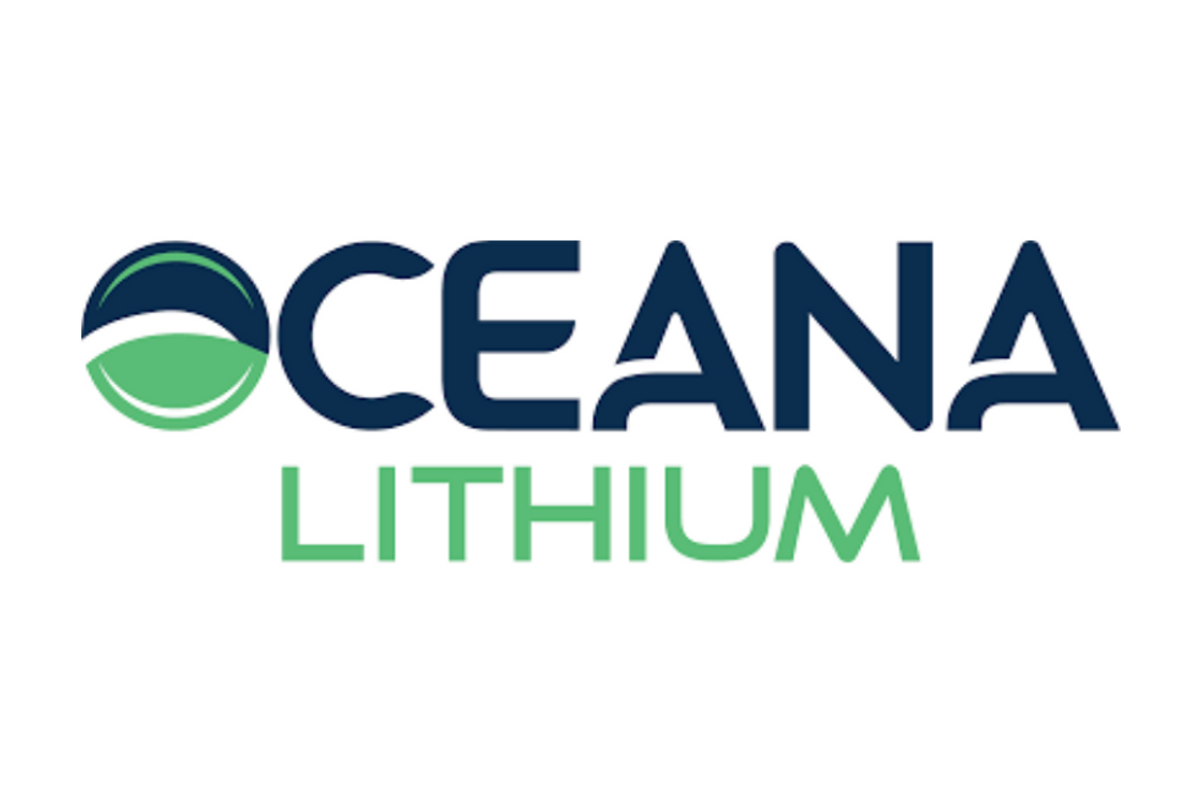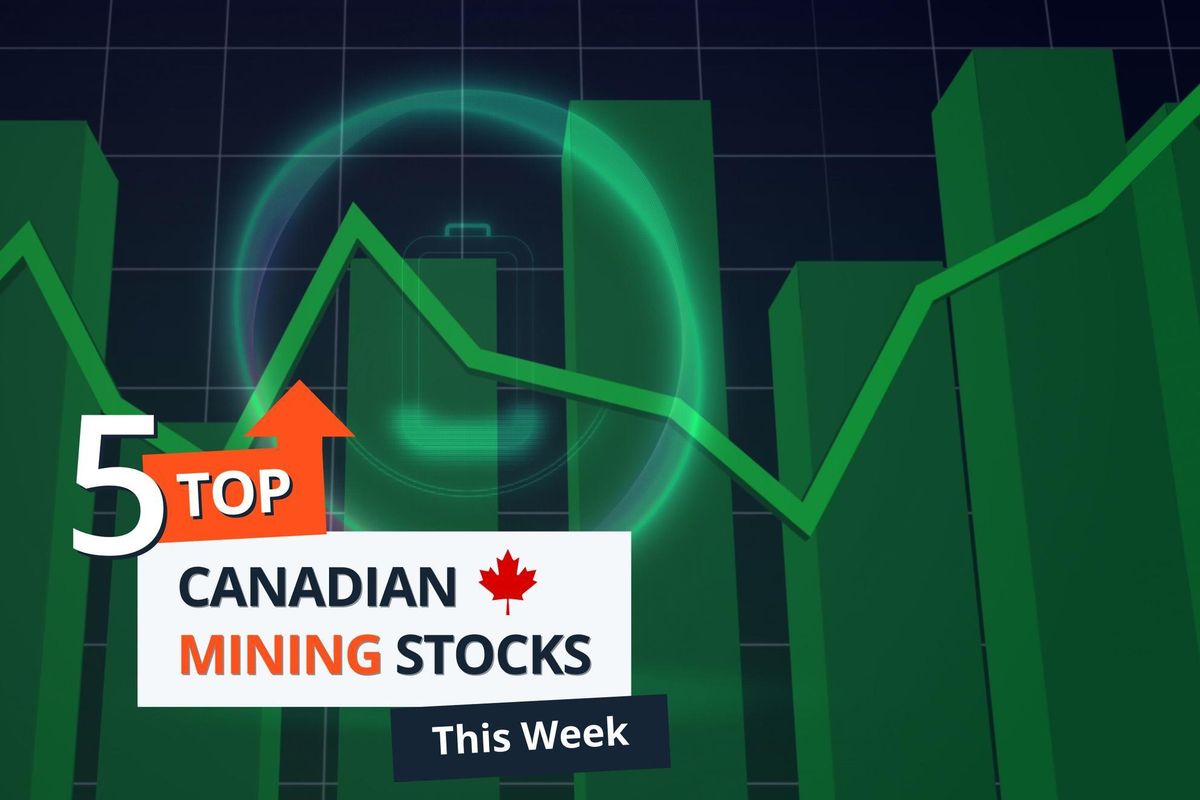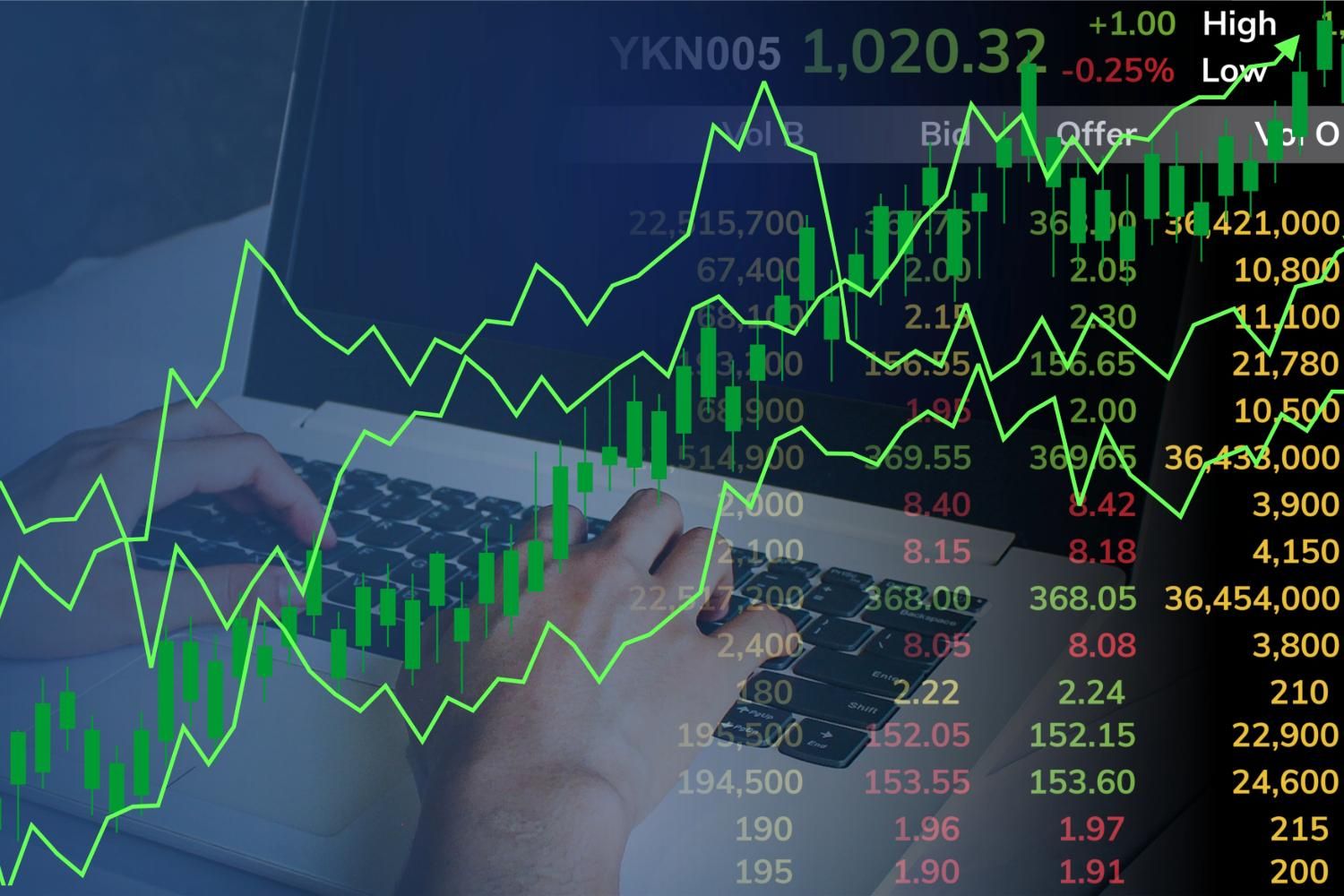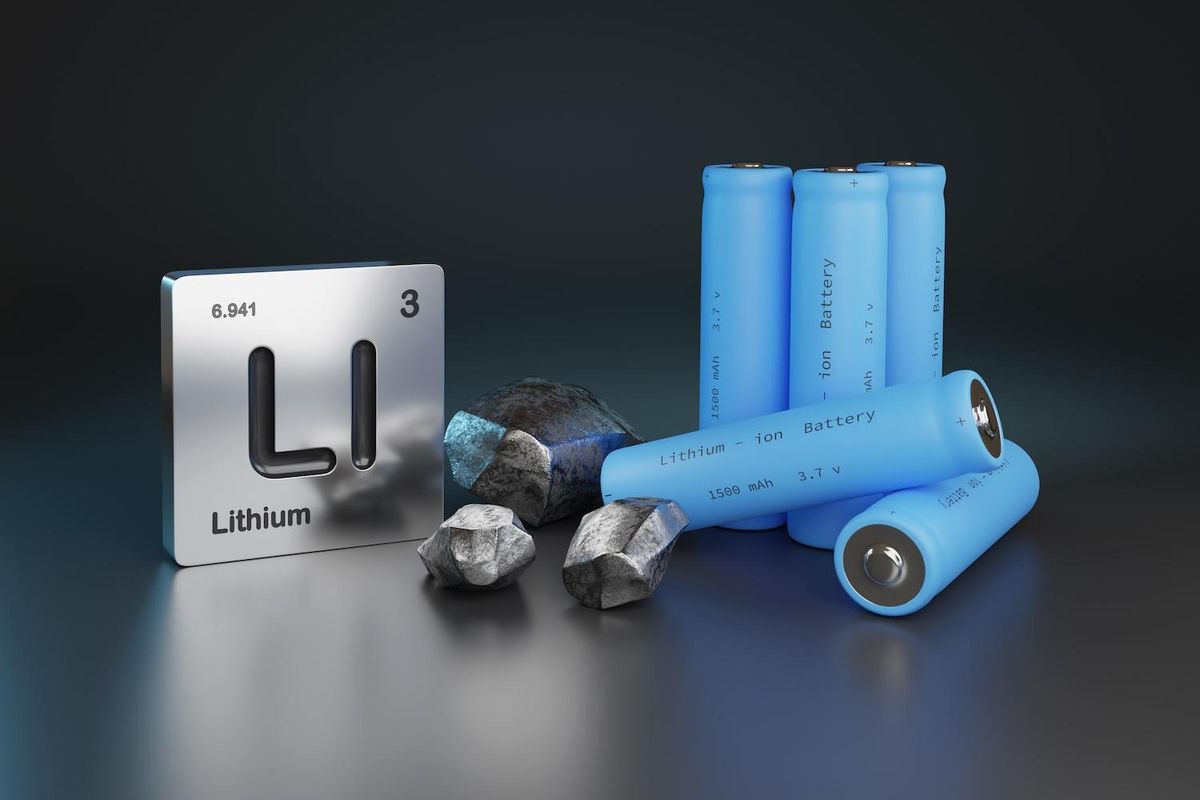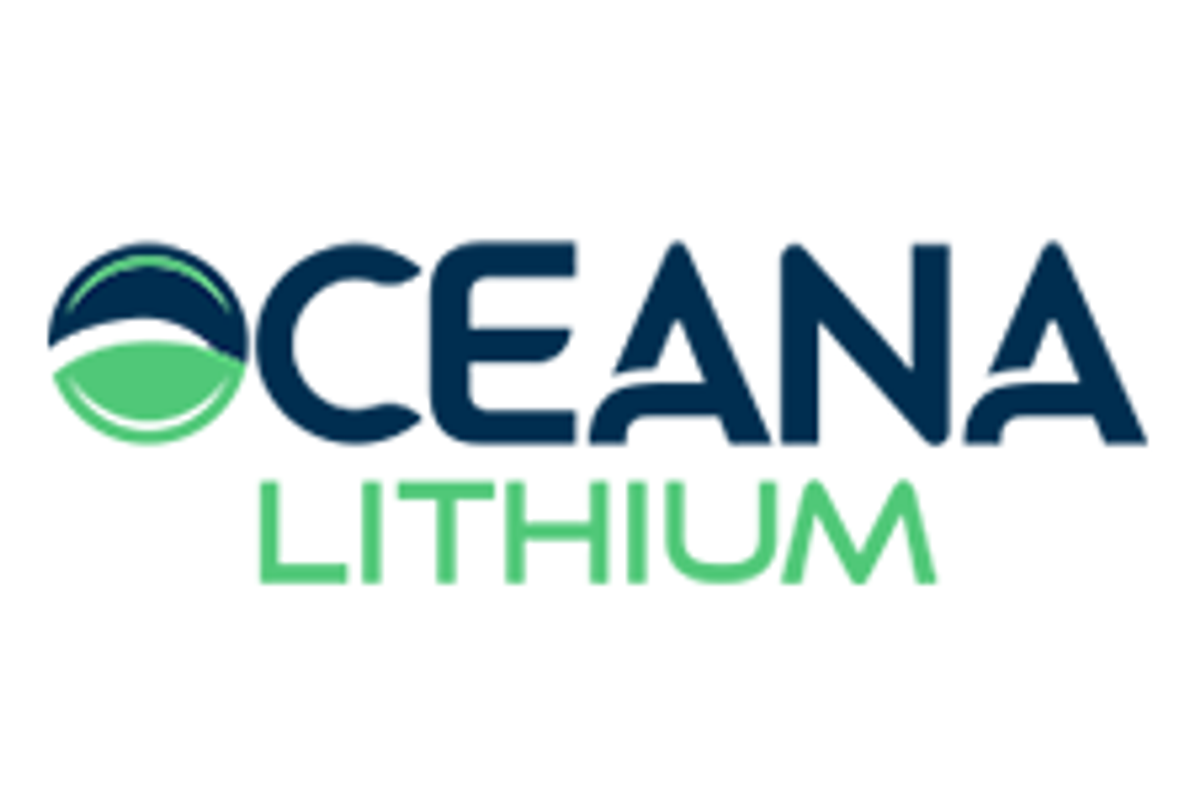
September 05, 2023
Oceana Lithium (ASX:OCN) is well-positioned to explore three strategic and highly prospective lithium projects in Australia, Canada and Brazil — all tier-one mining jurisdictions. Oceana Lithium is an early-stage exploration company with flagship Solonópole project displaying considerable promise.
The company's well-informed exploration strategy stems from veteran geologists and mining professionals with decades of experience between them. It's already identified multiple exploration targets across all three projects, all of which are highly prospective and known to contain lithium.
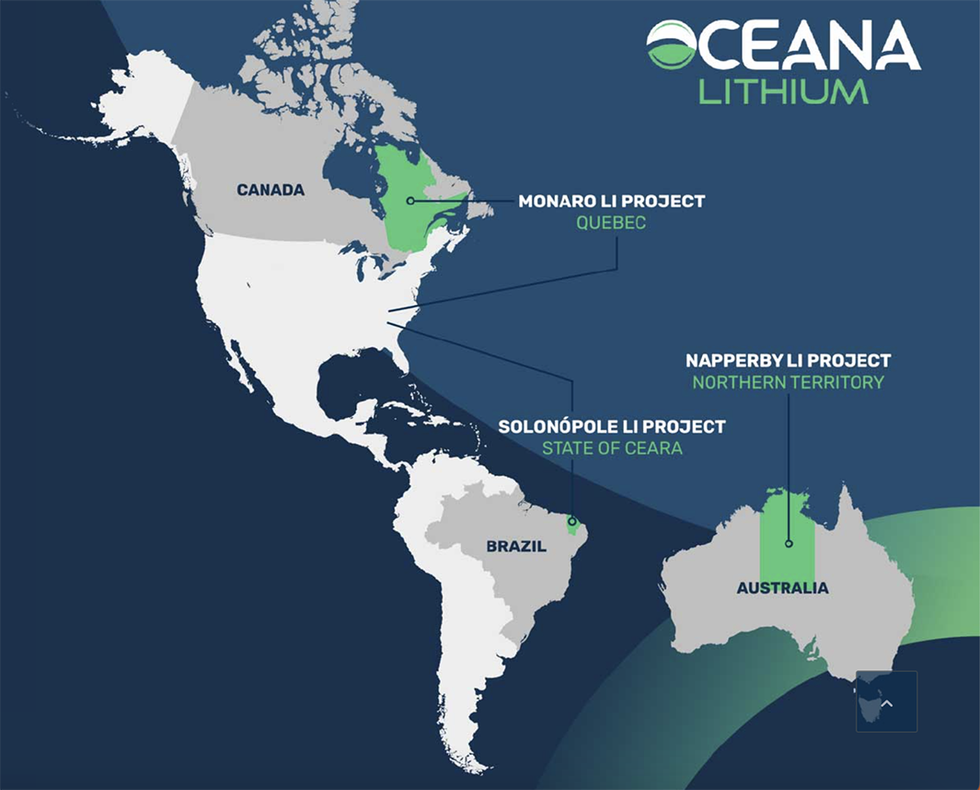
Oceana's Solonópole project consists of eight permits covering 114 square kilometers of highly prospective ground. Detailed field mapping by Oceana's Brazilian subsidiary Ceara Litio has identified a significant mineralized pegmatite corridor within the company's claim. The permits also cover several historic artisanal mining sites previously tapped for lithium, tantalum, niobium and tin.
Company Highlights
- Oceana Lithium is an early-stage exploration company with significant discovery opportunities.
- The company maintains three strategic and highly prospective lithium projects in Australia, Canada and Brazil — all tier-one mining jurisdictions.
- Brazil in particular is an emerging international destination for lithium, with multiple promising discoveries in recent years.
- Recent investments in battery manufacturing within the country also present a huge opportunity for lithium exploration.
- Oceana's well-informed exploration strategy is helmed by geologists with considerable experience, including James Abson, Uwe Naeher, and Renato Braz Sue.
- The company has committed to embracing Indigenous peoples and values within its project areas with the goal of sustainable critical minerals development that honours the lives, memories, sacred sites, traditions and hopes of landowners.
- The company is well-funded to advance exploration on all its projects, with $6 million in cash following a well-supported private placement in July 2023.
- Investors can expect strong newsflow over the coming months, as drilling is underway in Brazil and on-ground exploration has commenced in Canada.
This Oceana Lithium profile is part of a paid investor education campaign.*
Click here to connect with Oceana Lithium (ASX:OCN) to receive an Investor Presentation
OCN:AU
The Conversation (0)
12 March 2024
Oceana Lithium
Large-scale, highly prospective, pre-discovery projects in Brazil and Australia
Large-scale, highly prospective, pre-discovery projects in Brazil and Australia Keep Reading...
24 November
CATL Reportedly Plans to Restart Key Chinese Lithium Mine By December
Contemporary Amperex Technology (SZSE:300750,OTC Pink:CTATF) is preparing to restart its Jianxiawo lithium mine in Jiangxi province as soon as early December, industry sources familiar with the matter told Bloomberg.The sources, who declined to be named, said CATL has asked suppliers and... Keep Reading...
24 November
Liontown Resources’ Spodumene Auction Attracts Nine Countries
Liontown Resources (ASX:LTR,OTC:LINRF) held its first digital spot sales auction for 10,000 wet metric tonnes of spodumene concentrate from its Kathleen Valley lithium operations in Western Australia.The auction, attracting over 50 buyers from nine countries, was conducted on Metalshub, a... Keep Reading...
21 November
Top 5 Canadian Mining Stocks This Week: Sigma Lithium Flips the Switch with 64 Percent Gain
Welcome to the Investing News Network's weekly look at the best-performing Canadian mining stocks on the TSX, TSXV and CSE, starting with a round-up of Canadian and US news impacting the resource sector.Statistics Canada released October’s consumer price index (CPI) data on Monday (November 17).... Keep Reading...
18 November
Ganfeng Chairman’s Forecast Sparks Lithium Price Surge in China
China’s lithium market strengthened sharply on Monday (November 17) after Ganfeng Lithium (OTC Pink:GNENF,HKEX:1772) Chairman Li Liangbin said at a domestic industry conference that demand for the key battery metal could grow by as much as 40 percent in 2026.The most-traded lithium carbonate... Keep Reading...
17 November
Ontario Lithium Project Development Update
Green Technology Metals(GT1:AU) has announced Ontario Lithium Project Development UpdateDownload the PDF here. Keep Reading...
17 November
Mineral Resources and POSCO Pen Lithium Joint Venture
Mineral Resources (ASX:MIN,OTCQB:MALRF) and Korean steel producer POSCO Holdings (NYSE:PKX,KRX:005490) have executed a binding agreement, creating a lithium joint venture.According to the release, the new entity will hold 50 percent of Mineral Resources’ existing ownership in the Wodgina and Mt... Keep Reading...
Latest News
Latest Press Releases
Related News
TOP STOCKS
American Battery4.030.24
Aion Therapeutic0.10-0.01
Cybin Corp2.140.00
